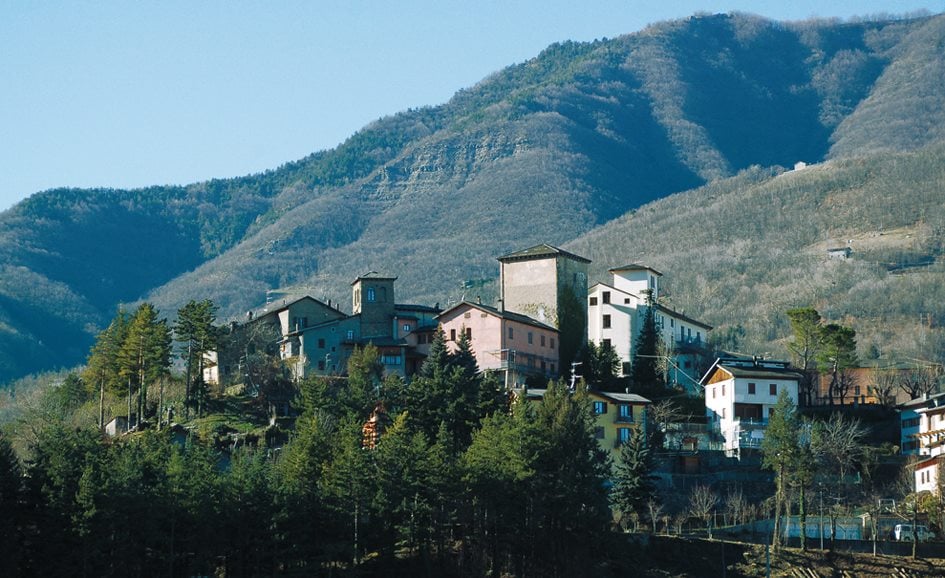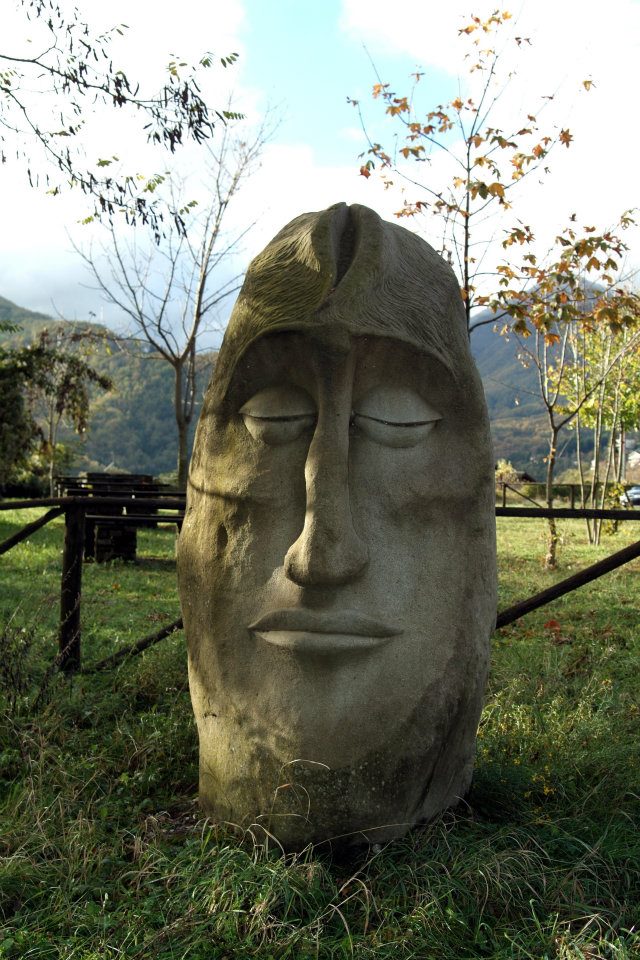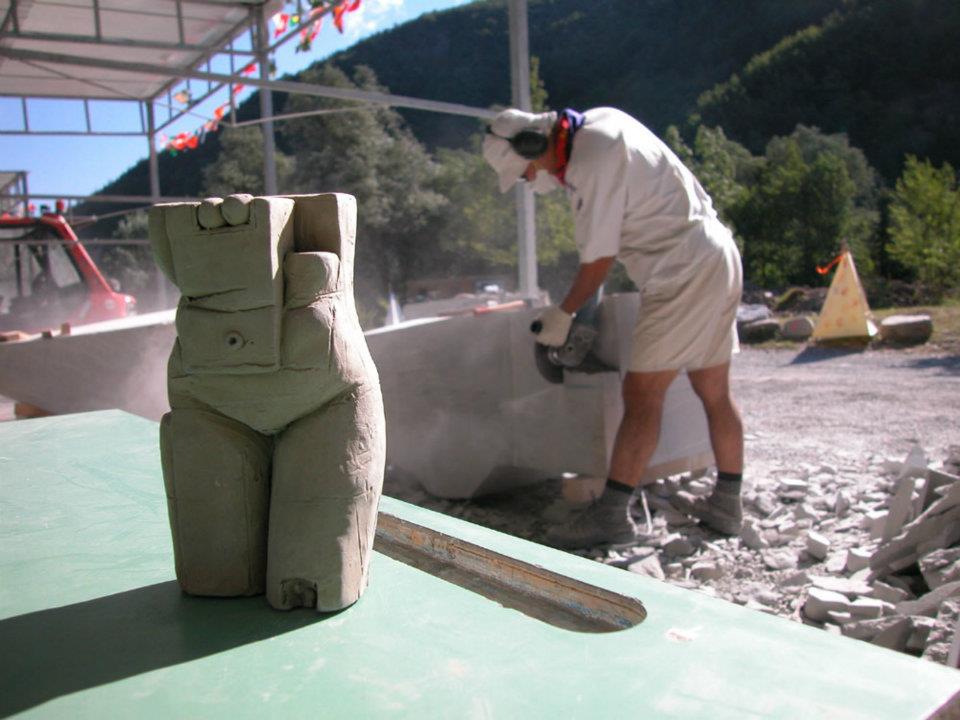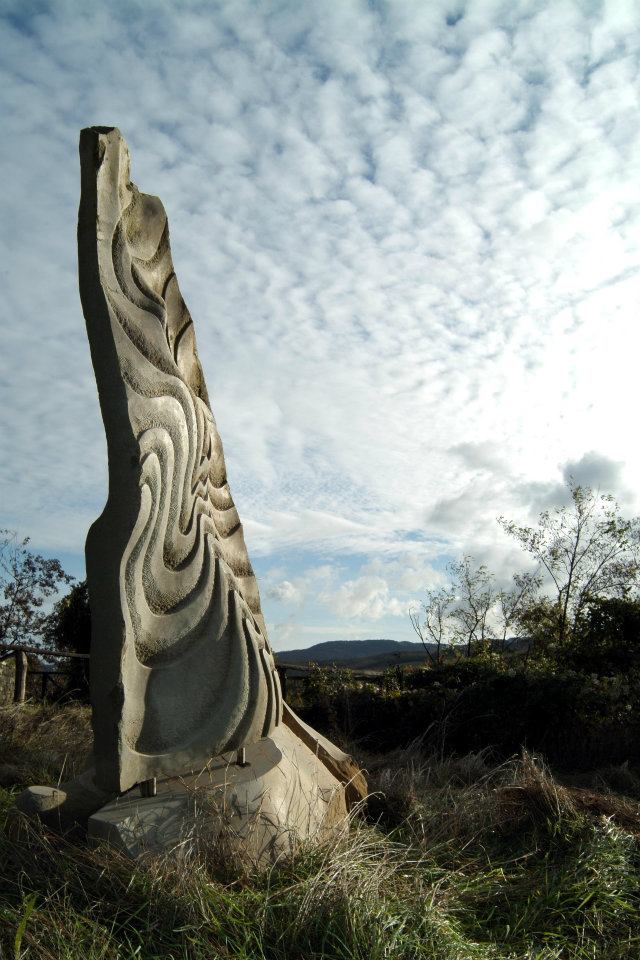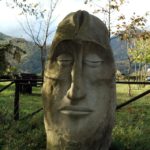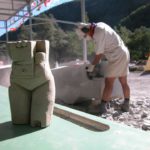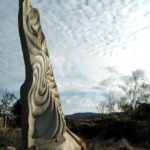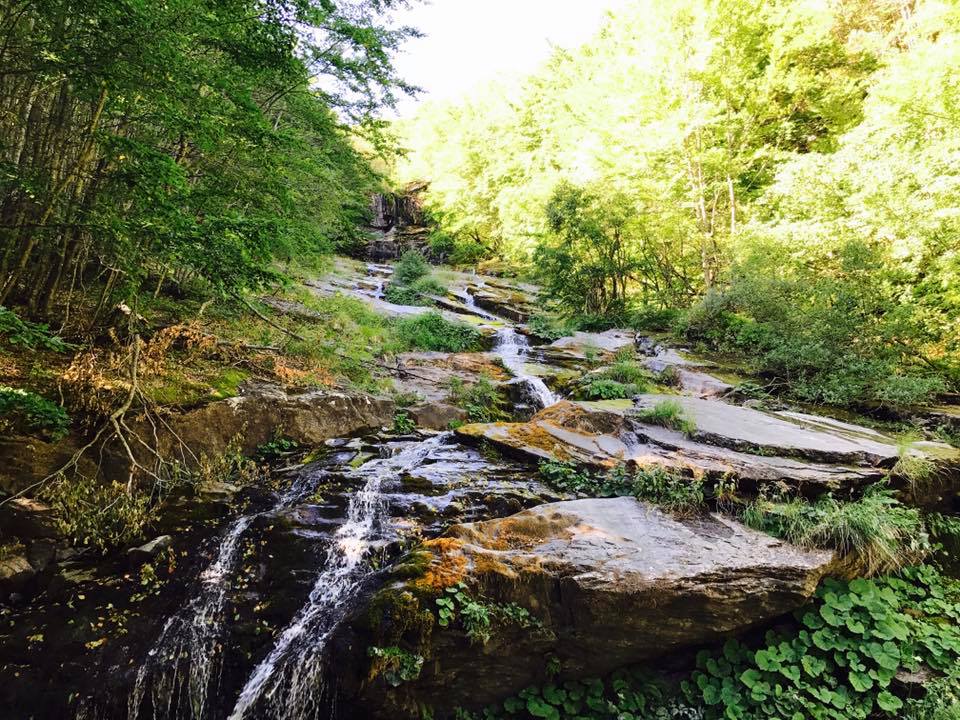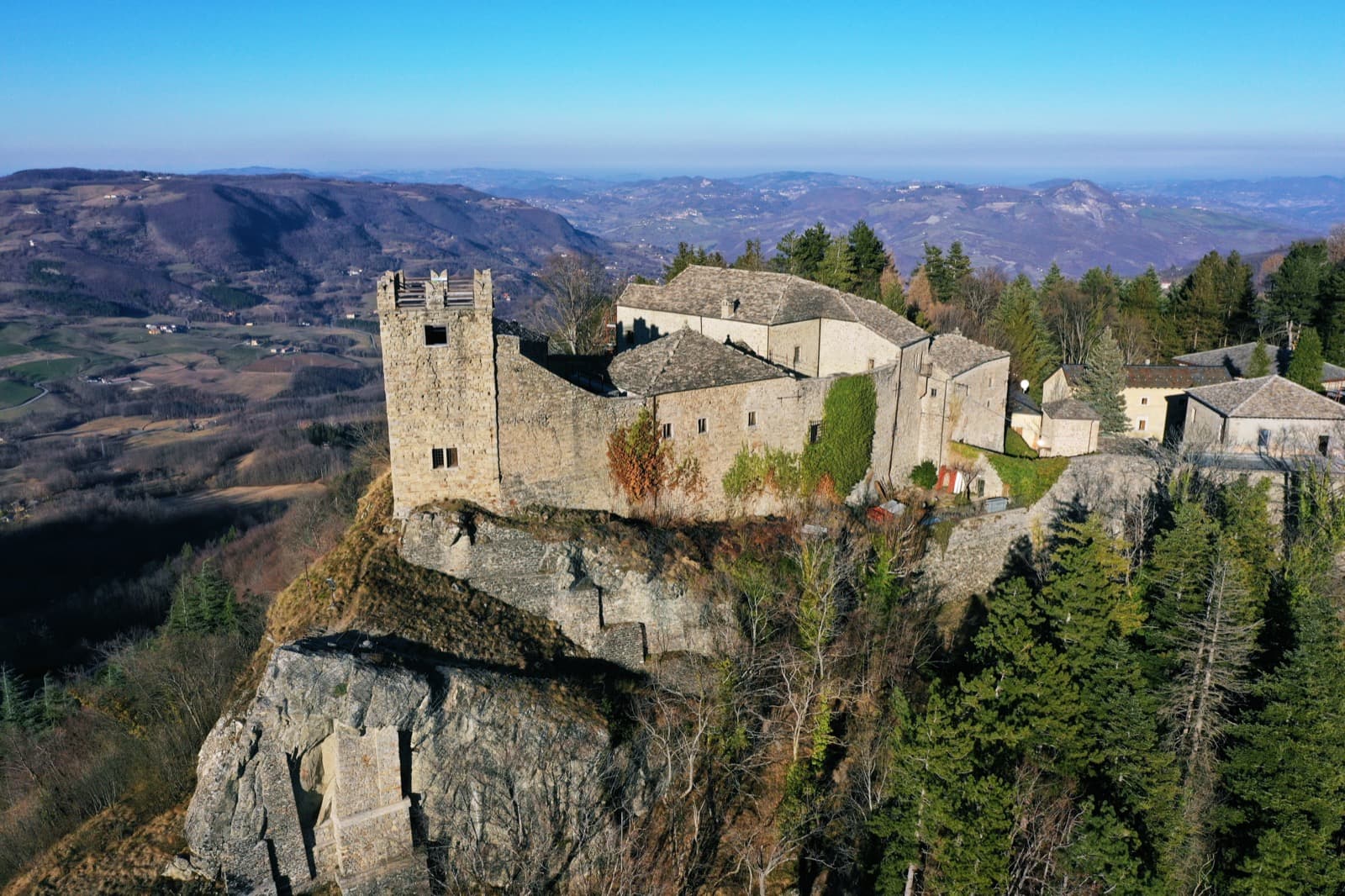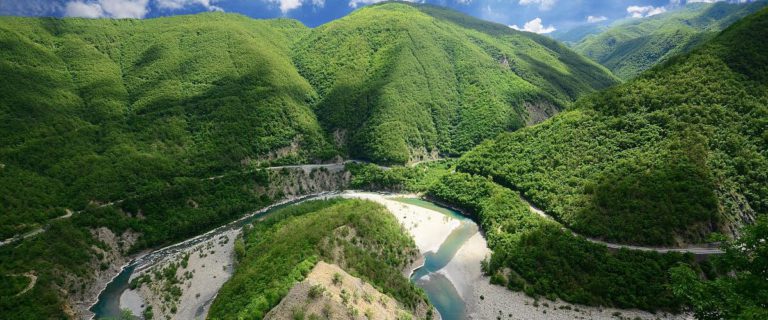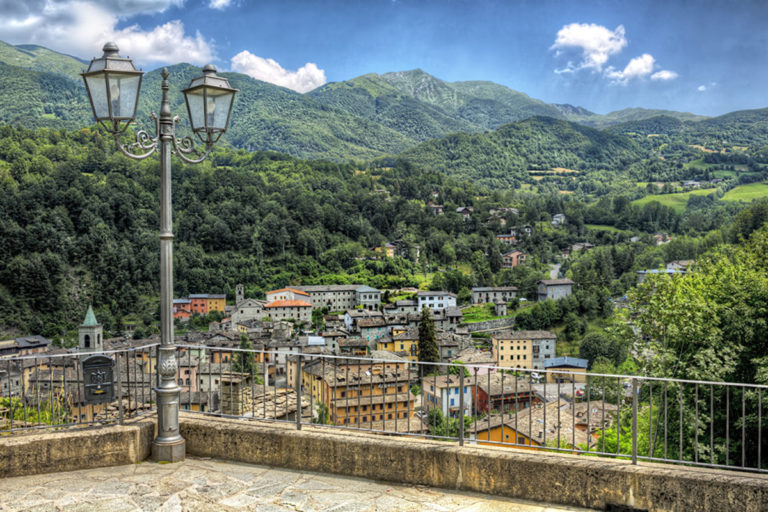Nestling in the beautiful High Modena Apennines, below Mounts Cimone, Libro Aperto and Spigolino, Fanano is a small village steeped in history.
A proud Italian Touring Club Orange Flag bearer since 2001, Fanano is a great place for outdoor types and nature lovers.
History
The town dates back to the 8th century, when Anselm, the Duke of Friuli who became a monk, founded a Benedictine monastery with the dual role of spreading the Word and defending Christian lands in what was then a border zone between the Longobards and the Byzantines.
The town’s historic heart still preserves its medieval radial shape, with the welcoming Piazza Corsini and its impressive fountain at the centre. There are many civic and religious buildings in the Romanesque and Renaissance styles, such as Palazzo Lardi, a fortified mansion, and San Silvestro church.
In the early 13th century, Fanano and the entire Frignano area fell under Modenese and later Bolognese rule, until the mid 14th century, when it became part of the Este estates.
The Renaissance was a period of remarkable development for the town, as various noble buildings sprang up, including the clock tower (which is still hand-wound to this day).
The halcyon days lasted until the late 18th century, when the newly built Via Vandelli diverted much of the commercial traffic away from Fanano, forcing some of the townsfolk to seek their fortune elsewhere.
What to see
Dubbed the “stone town”, Fanano is known for its local sandstone, worked by the skilful hands of the picchiarini, the local masons. In a continuation of this age-old tradition, the town holds the International Stone Sculpture Symposium, an event that has taken place every other May since 1983.
Over the years, more than 250 sculptures have been produced by artists from all over the world. These works adorn the town and the surrounding area (appearing on walls, as fountains and as bas-reliefs on house façades), while many now grace the Stone Sculpture Park, a rare example of a permanent public collection of contemporary sculpture in Italy.
Just 3 miles outside Fanano, the hamlet of Trignano is home to the Monti della Riva centre. This fascinating history museum tells the stories of everyday life in a bygone era, of emigration from the area, with the personal tale of Felice Pedroni, who went to Alaska to pan for gold, and of the Gothic Line, the Nazis’ last-ditch defensive line at the end of World War II.
What to do
Fanano is a great place for outdoor activities, from hiking, mountain biking and horse riding in the summer months to skiing, snowboarding and snowshoe trekking in winter.
The village is just a few miles from the Mount Cimone ski area, the largest winter resort in the Tuscan-Emilian Apennines, with over 30 miles of linked slopes for you to experience, armed with a single electronic ski pass.
There are pistes for everyone, from long, challenging runs with a vertical drop of over 600 metres for experienced skiers to easier slopes for beginners of all ages. The ski resorts are generally open from early December to late March.
The melting snow reveals a network of trails for great days out in breathtaking country amid historic villages and ancient churches.
Fanano also boasts an ice rink (one of Emilia-Romagna’s biggest), a swimming pool, horse stables and facilities for all sorts of sports, from tennis to traditional ruzzolone throwing (like an underarm discus).
Those who prefer more leisurely pastimes can enjoy a few hours relaxing in the local wellness centre.
Keen anglers can enjoy a spot of fishing for trout and other native fishes in ponds and along the River Leo, a brisk tributary of the River Panaro. The River Leo has a 3-mile angling area for tourists, with a stretch reserved for catch-and-release fishing.
There is some splendid hiking to be had, especially if you visit two lovely lakes high on the nearby ridge: Lake Pratignano, the largest peatbog area in northern Italy, and Lake Scaffaiolo, whose origins are still shrouded in mystery.
The Duca degli Abruzzi refuge is close by.
Doccione waterfall is within easy reach on foot. This 120-metre cascade, with a 24-metre vertical drop, is a perfect spot for diving into the area’s natural beauty.
Another lovely old place nearby to explore is Le Caselle, a ghost town since a landslide in 1953 forced the villagers to beat hasty retreat; nature’s ongoing attempts to repossess the ruins make an attractive spectacle.
Events
The regular events include:
- the Good Friday Procession every 3 years, one of the oldest events in the Modena Apennines, when the age-old local confraternities don their traditional accoutrements, and the old town is decked out with box foliage;
- the Blueberry festival in the second half of August, with blueberry-themed restaurant menus throughout the town;
- Ste Sroden (“This Autumn” in local dialect) in mid October celebrates the flavours of autumn with traditional food and crafts;
- the Living Nativity every other Christmas, when Fanano goes back in time to recreate traditional scenes and revive the old craft trades.
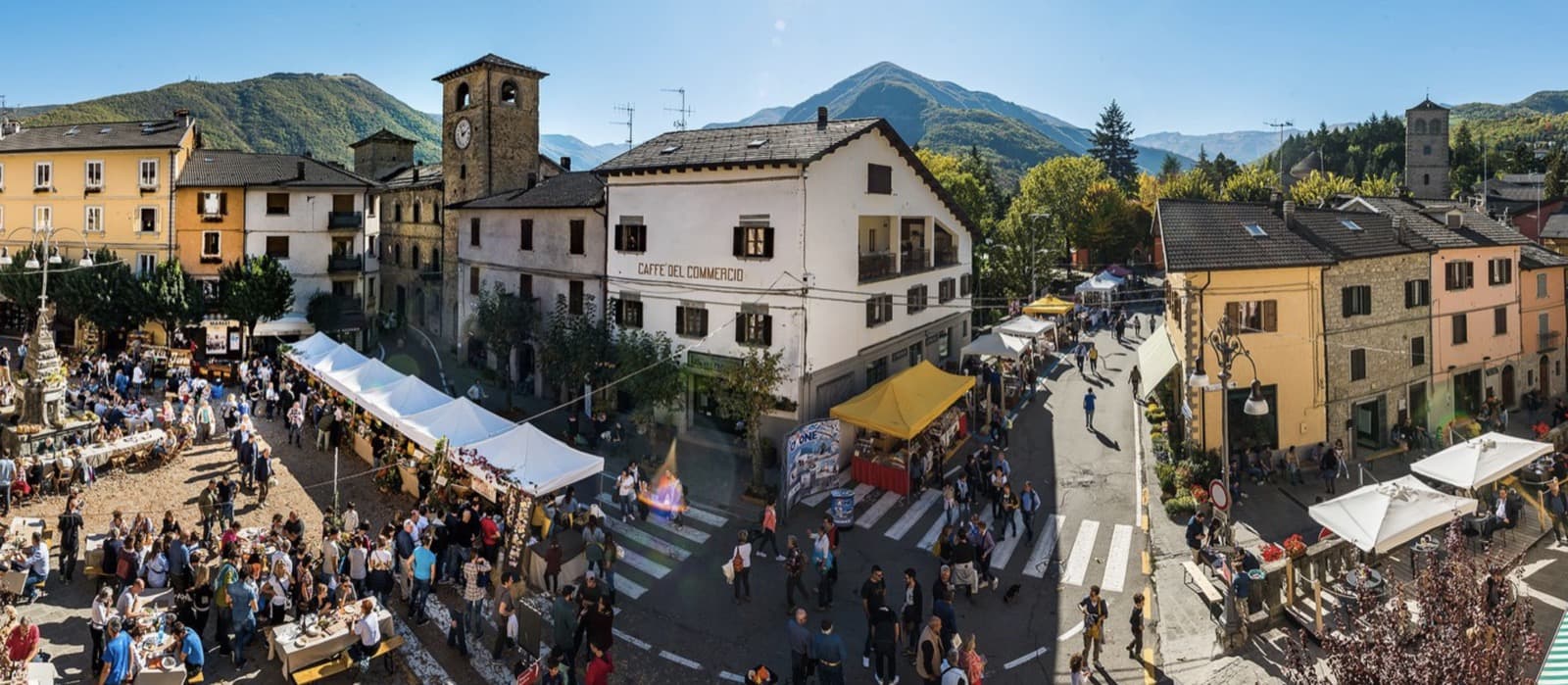
Fanano | Ph.RobertoLeoni via VisitFanano
Food & wine
In Fanano, they eat good mountain food: tortelloni stuffed with ricotta and herbs; fried bread and crescentine (a bread made with cheese and salami); and the lesser-known borlenghi crêpes.
The local produce includes mountain fruits like blueberries, wild strawberries and raspberries plus honey, jams, mushrooms, liqueurs, preserves, bread and spelt flour.
Famous Characters
Felice Pedroni, aka Felix Pedro, was a famous Italian gold-panner who emigrated to Alaska, where he founded the town of Fairbanks in 1904, Fanano’s twin town since 2002.
Pilgrim paths and walking trails
Fanano is on the historic Romea Nonantolana Way (coinciding here with the Romea Strata-Longobarda Way), an important medieval pilgrimage route from north-eastern Europe via Fanano and the Croce Arcana pass to Rome.
fanano.it – info@fanano.eu
For more info (and photographs like these by Roberto Leoni) check out Fanano Tourist Office on Facebook and Instagram.
The [Emilia Romagna Villages] section is dedicated to Villages that are part of the Associations Borghi più belli d’Italia, Bandiere Arancioni del Touring Club & Borghi autentici d’Italia.
Author
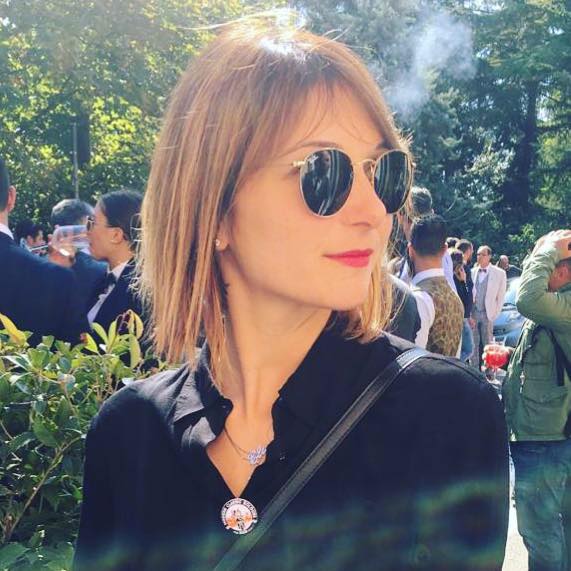
Elisa Mazzini
Social Media Manager for @inEmiliaRomagna and full-time mom.
You may also like
Breathtaking landscapes in Emilia… and where to find them
by Davide Marino /// July 9, 2019
Fiumalbo: a stone gem at the foot of Mount Cimone
by Davide Marino /// October 12, 2017

Interested in our newsletter?
Every first of the month, an email (in Italian) with selected contents and upcoming events.
